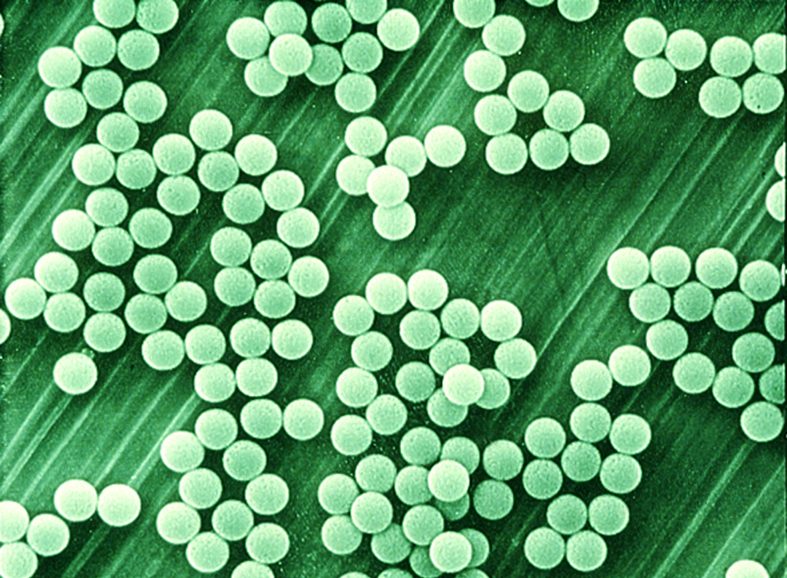How long have you waited for results at a doctor’s office after blood work or other clinical testing? Most of the time, a large portion of the wait comes from time-consuming sample processing or analyzing steps. Obtaining results can take anywhere from a day to several weeks, but researchers from the Massachusetts Institute of Technology have developed a new, faster way to detect pathogens.
They coated tiny magnetic beads, called Dynabeads, with antibodies and engineered them to bind to target molecules in a sample. Dynabeads have been used in experiments before, but they have always been mixed into a solution to bind to specific molecules, and scientists later had to take additional steps to actually confirm that the molecules were there.
The MIT researchers developed a faster way to use Dynabeads to confirm Dynabead-bound pathogens — optics. Raman spectroscopy is an optical technique that uses a specific “Raman signature” to identify pathogens based on the way that they scatter light. Dynabeads have an abnormally strong signature that can be used to identify pathogens in less than an hour. The results are visually distinct as well, much like a fluorescent tag.
The detection process is quite simple. Dynabeads are microscopic in size and have a magnetic iron core with a polymer shell, which can be coated with antibodies. These antibodies, which are specific to the bacteria to be detected, act as hooks, binding the target molecules. Researchers added Dynabeads to Salmonella-contaminated water samples, then isolated them magnetically and examined the resultant light scattering using a microscope and laser. It only took half a second to detect the beads’ Raman signature, confirming that bound Dynabeads, and inferentially, Salmonella, were present.
Besides pathogenic microorganisms, Dynabeads can bind cells, nucleic acids, peptides, proteins and protein complexes. This method of testing can also be applied to multiple areas beyond the clinical setting, including food and water testing. This new method is the first step in revolutionizing the way that researchers conduct laboratory work to detect microbe presence in the future.









